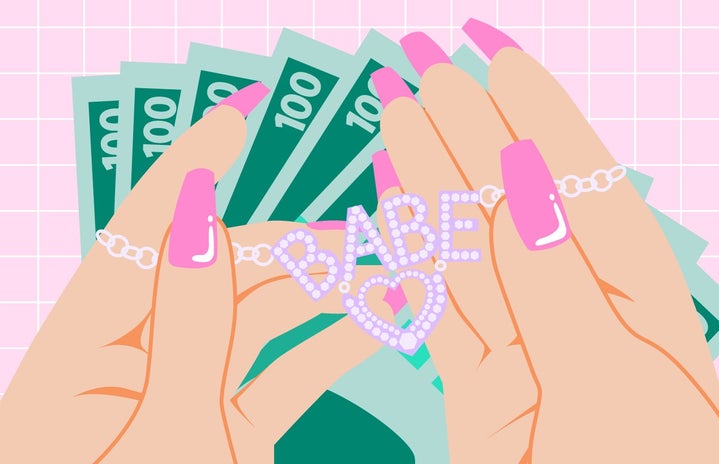What do Jay Gatsby and Elle Woods have in common apart from them representing the nouveau riche Americans? They are both, quite explicitly, ridiculed in The Great Gatsby (2013) and Legally Blonde (2001), respectively, for choosing to dress in shades of pink. In fact, this choice of theirs even causes the supporting characters in the two films to question the academic credibilities of both Gatsby and Woods with them being made to feel as if they are incapable of receiving Oxford and Harvard education. While pink, as a colour, has historically been linked to debates related to the gender binaries, these two films prove to us that the colour also has a strict class connotation attached to it.
Some associate the gender and class signifiers connected to pink to the second world war during which a lot of men discarded the colour to dress in more serious shades that would reflect their services to their nations. Alongside that, the Nazis began to force members of the LGBT community — particularly, gay men and transgender women — to wear a pink triangle symbol or the “Rosa Winkel”, then intended as a “badge of shame” to represent the “lowest of the low” in the camp hierarchy”. As Olivia B. Maxman writes, “Hitler saw gay men as a threat to his campaign to purify Germany, especially because their partnerships could not bear children who would grow the Aryan race he wanted to cultivate.” In today’s time, of course, the pink triangle has been reclaimed by the queer community and is currently viewed as a positive symbol of representation.
Hitler’s thoughts mentioned in the previous paragraph don’t just bring out the history of homophobia in Europe, but also reveal how homosexual individuals were, in general, looked down upon by the Aryans who belonged to the once highest rung of European social hierarchy. It can, thus, be understood why even the colour pink began to get scorned upon — it stood for those who could not help “grow the Aryan race.”
In addition to that, a historical figure who is usually spoken about when the cultural significance of the colour pink is discussed is Madame de Pompadour — the chief mistress of King Louis XV of France. While Pompadour is a widely respected woman, she is said to have earned titles of nobility for both herself and her family members instead of inheriting them which, in a way, can seem to be what newly-moneyed fictional characters like Jay Gatsby had done, as well. Madame de Pompadour’s fondness for pink, thus, might not have been considered a “royal” preference under King Louis’ rule, after all.
Alongside her, Lady Hamilton — a woman made famous by George Romney’s alluring portraits of her — had also been painted wearing pink in Romney’s most popular works which, in a way, attached her to the colour’s cultural history. If Lady Hamilton’s origin’s are analysed, it becomes clear how even she, much like Madame de Pompadour, hadn’t really been born into wealth and aristocracy and had married into it, instead. In fact, Lady Hamilton’s life was actually filled with struggles, eventually leading to her exploitation by a lot of men. Her resilience and grit make her an inspiration for many.
The old-moneyed westerners might consider it below their standards to embrace the colour pink, as can be seen in films like The Great Gatsby and Legally Blonde. However, the rich cultural history behind it goes on to show how empowering and liberating it can ultimately turn out to be. At the end of the day, there are a lot of us who would want to enter serious gatherings dressed in eye-catching shades of pink from head to toe, just like Elle Woods.


